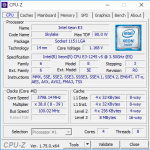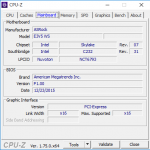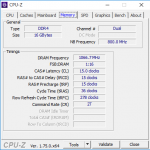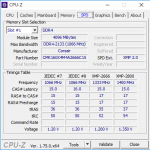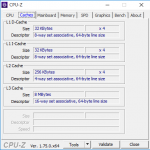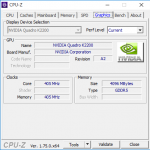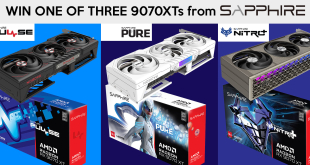We were supplied with an Intel Xeon E3-1245v5 CPU for testing this motherboard, since it is aimed at professional applications. This is from Intel's most recent Skylake generation, and sits slightly above the middle of the E3 range. The processor has a base clock of 3.5GHz, with a 3.9GHz Turbo Boost mode.
It's an 80W part, so not particularly miserly. However, considering the top 1280v5 is only 200MHz faster for more than twice the price, it's a sensible option for a system based around this motherboard. However, being a Xeon, this processor is not multiplier unlocked and has no overclocking capabilities.
We equipped the motherboards with 16GB of Corsair Vengeance LPX 2,133MHz DDR4 SDRAM, in four 4GB modules. This allowed the dual-channel memory configuration to be enabled, but there is no support for quad channel. It's also the kind of memory allocation we would expect to see in a system built around this motherboard.
For graphics, we used the PNY NVIDIA Quadro K2200. This is not an ultra-high-end card, but again suits the specification of processor and RAM. It sports 640 CUDA cores and 4GB of GDDR5 memory, so is quite capable, but doesn't overbalance the system budget. Finally, we used a SATA-based 480GB PNY Client CL4111 SSD for the operating system. This is a MLC NAND SSD using a Seagate SandForce SF2281 controller, and offers reading and writing in excess of 500MB/sec.
We ran three tests. First, Maxon Cinebench R15's rendering and OpenGL tests, to assess the base performance with the installed processor and graphics. We ran FutureMark PC Mark 8 to test general system performance, and SPECviewperf 12.02 for professional graphics performance. Finally, we ran Crystal DiskMark 5.0.2 on the SSD.
For some of these tests, we compared results with those from a PC Specialist Entry-Level Workstation based around a six-core Intel Core i7-5820K running at 4.4GHz.
Motherboard test specification:
- OS: Windows 10 64-bit
- CPU: Intel Xeon E3-1245v5
- Cooler: Noctua NH-D15S
- Memory: 16GB (4 x 4GB) 2,133MHz Corsair Vengeance LPX DDR4 SDRAM
- Graphics: 4GB GDDR5 NVIDIA Quadro K2200
- Storage: 480GB PNY Client CL4111 SSD
PC Specialist Entry-Level Workstation Specifications:
- Intel Core i7-5820K @ 4.4GHz
- 16GB ECC DDR4 SDRAM @ 2,133MHz
- 4GB GDDR5 NVIDIA Quadro K2200
- ASUS X99-E WS Motherboard
- 240GB Kingston HyperX 3K SATA III 6Gb/s SSD
- 2TB Western Digital Caviar Black WD2003FZEX SATA III 6Gb/s HDD
- CoolerMaster Hyper 212 EVO (120mm) Fan CPU cooling
- Corsair 750W CS Series Modular 80 Plus Gold PSU
- Corsair Carbide Series 200R Compact chassis
- Windows 8.1 Pro 64bit
Tests:
Maxon Cinebench R15 – all-core CPU benchmark and OpenGL graphics performance
PCMark 8 – general system performance
SPECviewperf 12.02 – professional graphics performance
Crystal DiskMark 5.0.2 – storage transfer rates
 KitGuru KitGuru.net – Tech News | Hardware News | Hardware Reviews | IOS | Mobile | Gaming | Graphics Cards
KitGuru KitGuru.net – Tech News | Hardware News | Hardware Reviews | IOS | Mobile | Gaming | Graphics Cards


